Queer Coding in film and tv
The oppression of queer folk has been long standing, though this does not stop the representation of them in media. For years, dating back to the conception of Hollywood, writers in the film industry have created these ‘ambiguous’ characters that can be perceived as either being queer or having queer-oriented subtext. In a time where, in the west, it was unacceptable and taboo to be gay, these queer coded characters were the only bits of representation seen on the big screen. This was a massive step toward visibility for queer communities, despite having to remain hidden; These people got to see parts of their identity be displayed in mainstream media. However, in the modern context, we can see that queer-coded characters are not always positively represented in media, and have been utilized to portray harmful stereotypes. This website aims to breakdown the history of, examples of, and the positive/negative effects of queer-coded characters.
History and Background
What is queer coding? Why was it adopted? How are these codes identified?
Queer-coding, in a very basic definition, means that characters may not be explicitly queer, but have subtextual evidence that the character can be 'read' or 'coded' as being queer. For instance, homosexuality may be heavily implied through the use of stereotypes such as a character being 'flamboyant' or 'foppish' in place of being gay.
Early Hollywood was full of scandal. stars were dying of drug overdoses, getting divorced, and even getting involved in murder scandals. All this to say; Hollywood had a dirty reputation and it needed cleaning.This is where William Hays came in. William Hays was the president of the Motion Picture Producers and Distributors of America (MPPDA). He was PR for the entirety of Hollywood.
A set of production standards appropriately named the Hays Code were introduced.In the 1930s, Hollywood sought to implement the Hays code. The Hays code would ensure that all productions adhered to a set of moral standards, and that "no picture shall be produced which will lower the moral standards of those who see it.".This meant that all things "immoral" were banned; Violence, nudity, drug use, and, of course, homosexuality. Production companies were forced to self censor.This code would last until 1968. During the years it was implemented it became increasingly weakened by several factors-- one being a supreme court case that ruled movies could not be banned because they were protected under the first amendment.Overall, the consequences of the Hays Code would force movie makers to vaguely imply or 'encode' things into characters if they wanted to show 'immoral' things on screen.
Examples
To explain the effects and consequences of queer coding, it is easier to showcase some characters who are queer coded and why they are. I'll preface this by saying that homosexuality was historically seen as a medical condition; something that’s wrong with a person. The implication here is that homosexuality would therefore manifest in different people consistently in a set of symptoms. For queer people, this is largely where the stereotypes come from; The idea that homosexuality presents itself in a very particular way. e.g., gay men being portrayed as effeminate or flamboyant and therefore all gay people act that way.
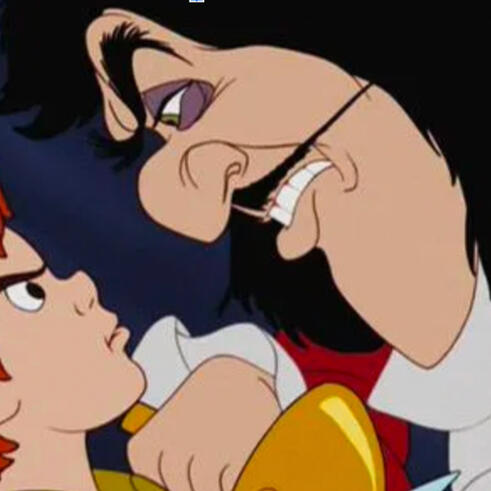
Captain Hook - Peter Pan (1953)
Why is this character queer coded?
Captain Hook is one of many Disney examples. He is a feminine man, who cares deeply about his appearance, grooming, and clothes. He is flamboyant, theatrical, and foppish, and maintains one close male companion throughout the film (Mr. Smee). His voice and gestures are stereotypically effeminate.
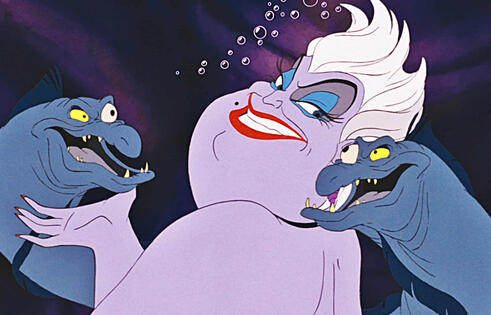

Ursula - The Little Mermaid (1989)
Why is this character queer coded?
Ursula is actually based off of drag queen Divine (pictured above) so the queer influence is incredibly transparent. Ursula envies Ariel for her femininity-- wanting her voice and appearance. She is campy, theatrical, and has perceived masculine traits such as short hair. This coding is largely attributed to her wanting to 'blend' or 'pass' in society. Her character (and villainy) is hinged on wanting to be the 'norm' or beauty standard in society. This can be associated with prejudiced ideas of queer folks being predatory, and wanting to deceive society (as she tried to do with Prince Eric).
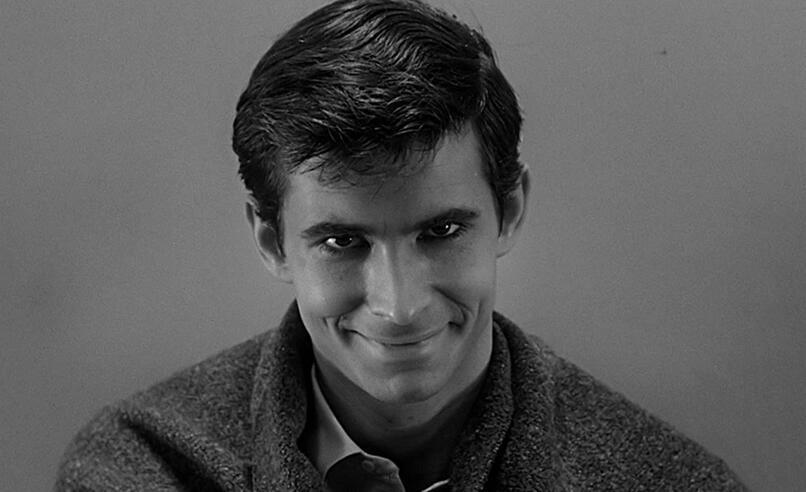
Norman Bates - Psycho (1960)
Why is this character queer coded?
Norman Bates is obsessed with his mother. The image of a 'mama's boy' is extremely feminizing, and showcases the dependent and overly close relationship he has with his mother. He 'crossdresses' as his mother, subverting traditional masculine roles. Alfred Hitchcock was also known to create queer coded characters that portray negative stereotypes of queer people being 'dangerous' in many of his other movies.
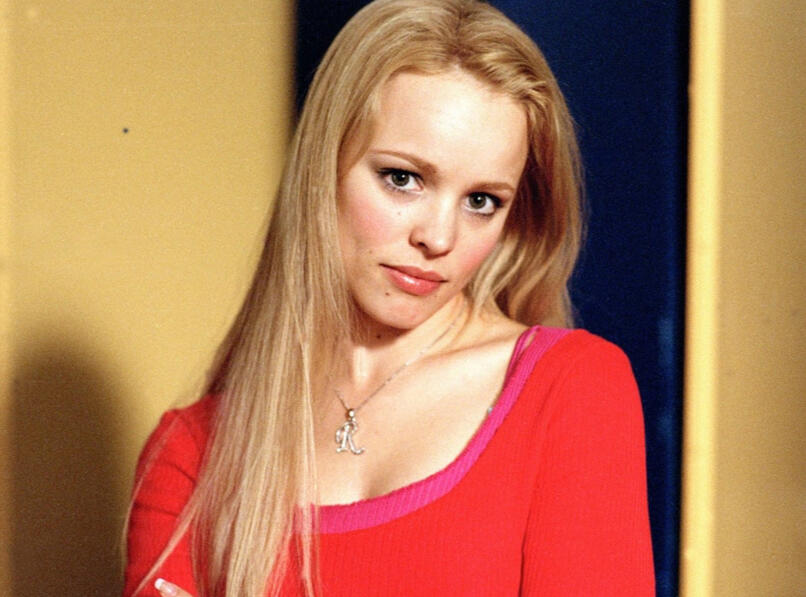
Regina George - Mean Girls (2004)
How do characters change in a modern context?
Regina George is one of the more modern characters out of this list. This character is different because this movie wasn't made during the Hay's era, and therefore didn't need to be coded. This is an example of how, depending on the audience, cultural contexts, and individual viewer experiences, the perceiving of a character can change. Like the other characters, there is nothing explicitly stated about Regina's queerness, but recent audiences have noticed subtext that could hint at this. One thing to note is that subtext in a modern era is no longer just about subverting gender roles (like Captain Hook and Norman Bates), but it is a much more nuanced look at sexuality due to the slow acceptance of queer people in society.Why is this character queer coded?
Regina is a typical high school mean girl stereotype. She seemingly has little regard for anyone else but herself, and is hyper feminine. One thing that spikes queer audiences' attention is that she is seemingly obsessed with Cady. People have interpreted this as jealousy and possessiveness, possibly stemming from a deeper attraction. She taunts Cady with her boyfriend, but doesn't seem to actually like him very much. Regina also made up a rumour about her ex-best friend, Janis, being a lesbian-- something that could very well be interpreted as projecting internalized homophobia.
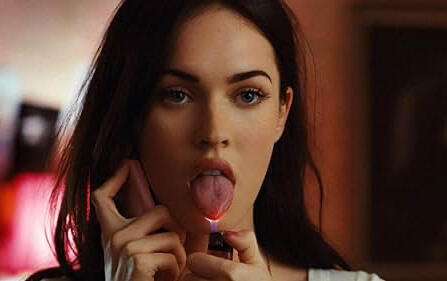
Jennifer Check - Jennifer's Body (2009)
Why is this character queer coded?
I'm not sure if this can be considered 'coding' in this movie when the subtext is so blatant. Nevertheless, Jennifer has an attraction to her best friend, Needy. Jennifer seemingly kills any boy that Needy is somewhat interested in either in a friend or romantic capacity. Needy encourages Jennifer to go out with a boy named Colin, but Jennifer isn't convinced until Needy says that she thinks he's cool. Needy's approval is a decisive factor for Jennifer, and is a significant part of her character motivations.
Conclusion
Is queer coding good or bad? Is it helpful or hurtful? What are the key findings?
So why talk about queer coding? Queer coding was the voice of the queer community when it was otherwise banned or taboo to talk about. Unfortunately, for some movie producers like Disney, queer coding has been used negatively to instill negative connotations about queer folks. The media has largely attempted to associate homosexuality with sexual deviancy, and deceit.Though the act of queer coding is not inherently positive or negative, it allows for certain stereotypes associated with homosexuality to be portrayed in a negative or positive light. This is seen with many villain type characters who are heavily implied to be homosexual through the use of stereotypes.Newer movies such as Mean Girls (2004) and Jennifer's Body (2009) showcase how a modern audience perceives queerness or queer traits. It is clear that as definitions and communities of queer people change, queer coding and how characters are perceived change with it. New queer frameworks and scholarship continually allows for new lenses to be applied to existing movies.For the next generation of filmmakers, it may be true that they can't undo the wrongs of the previous movie producers, but perhaps they can work towards creating positive representations of queer people on screen. It's a long way to go, but it isn’t impossible.
Sources and Inspiration
Greven, David. “Hitchcock and Queer Sexuality.” Chapter. In The Cambridge Companion to Alfred Hitchcock, edited by Jonathan Freedman, 127–42. Cambridge Companions to American Studies. Cambridge: Cambridge University Press, 2015.admin. 2022. “The Homoeroticism of Jennifer’s Body by Ashlynn Harman – Listen to Her UNF.” Unf.edu. 2022. https://lieberman.domains.unf.edu/s22/the-homoeroticism-of-jennifers-body%EF%BF%BC/.Hulan, Haley. “Bury Your Gays: History, Usage, and Context.” McNair Scholars Journal, vol. 21, no. 1, 1 Jan. 2017, scholarworks.gvsu.edu/mcnair/vol21/iss1/6/.Kim, Koeun. “Queer-Coded Villains (and Why You Should Care).” Rutgers, 2017.Steinberg, Shirley. “Appropriating Queerness: Hollywood Sanitation.” Queer Theory in Education, by William F. Pinar, New York, Routledge, 2009, pp. 157–163, www-taylorfrancis-com.myaccess.library.utoronto.ca/books/edit/10.4324/9781410603760/queer-theory-education-william-pinar. Accessed 3 Feb. 2024.Matthews-Hoffman, Cheyenne. 2021. “Definitive Proof Regina George Is Queer.” Hey Cheyenne Hey. June 2, 2021. https://heycheyennehey.com/2021/06/02/definitive-proof-regina-george-is-queer/.Henderson, Taylor . 2022. “Not Just Queer Coded, These Disney Villains Were Designed by a Gay Man.” Www.pride.com. March 10, 2022. https://www.pride.com/movies/2022/3/10/not-just-queer-coded-these-disney-villains-were-designed-gay-man.

